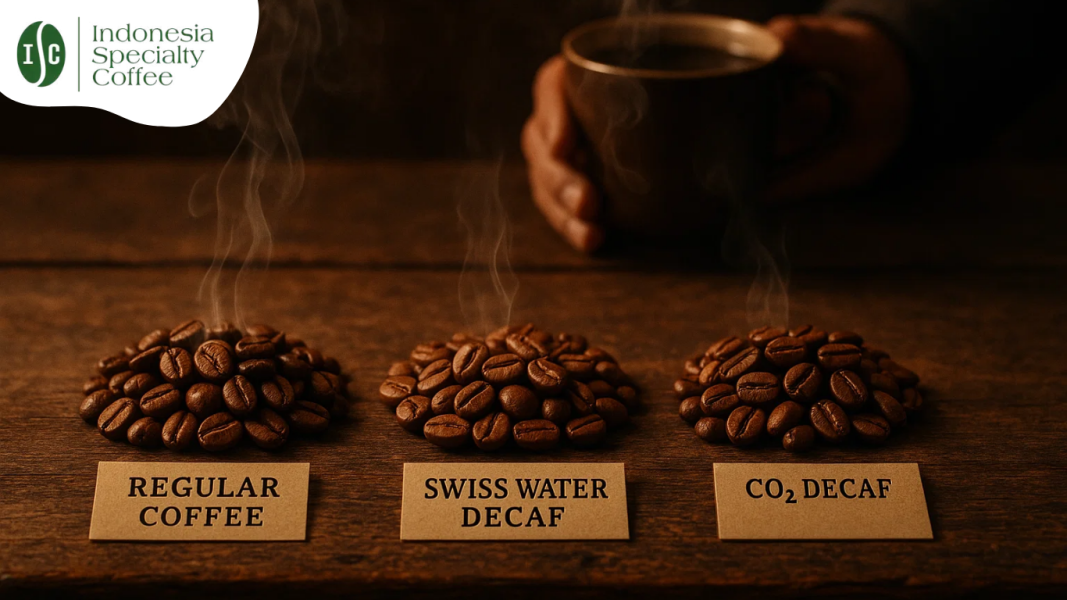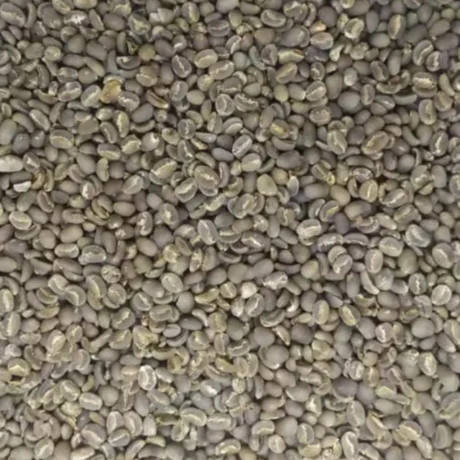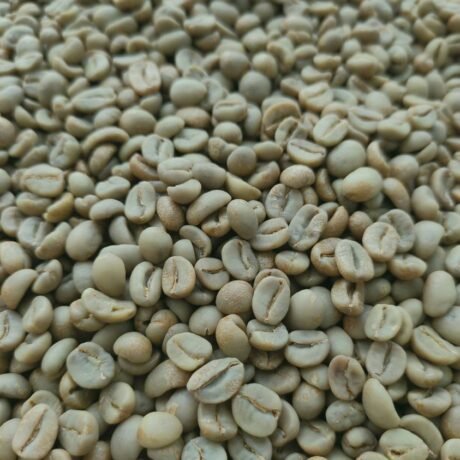Introduction: Why Your Coffee Deserves Better—Even Without the Buzz
You wake up craving that comforting smell of coffee, the one that whispers, “It’s going to be a good day.” But what if you can’t—or don’t want to—handle caffeine? Enter specialty decaf coffee. Once dismissed as bland or “coffee lite,” decaf has undergone a transformation. Thanks to advanced methods like Swiss Water and supercritical CO₂ decaffeination, today’s decaf offers aroma and depth that could fool even the most devoted caffeine addict.
But here’s the real kicker: these methods don’t just remove caffeine—they shape the flavor in surprisingly nuanced ways. In this article, we’ll unpack how aroma compounds shift through different decaf processes, and why your next cup might smell just as enchanting—even without the jolt.
What Makes Specialty Decaf Coffee So Special?
Unlike commercial decaf, specialty decaf coffee begins with high-quality beans. Think Brazil’s sweet Cerrado or Indonesia’s vibrant Sumatra coffee. These beans undergo decaffeination using advanced, clean-label processes that preserve the delicate aromatic compounds so central to the specialty experience.
- Swiss Water Process (SWP): Uses osmosis and activated carbon filters to remove 99.9% of caffeine. It’s chemical-free and ideal for flavor preservation.
- Supercritical CO₂ Process (SCO₂): Applies pressure and temperature to selectively extract caffeine, leaving behind most aroma and flavor precursors.
These aren’t just buzzwords—they fundamentally impact the aroma, mouthfeel, and even color of your brew.
The Aroma Secrets Hidden in Every Bean
Let’s talk science. Recent research using electronic noses and HS-SPME-GC-MS analysis revealed that decaffeinated beans—especially from specialty sources—can hold on to much of their original aroma profile.
Key Aroma Compounds You Should Know
The top volatile compounds found in both regular and decaf beans include:
- Propan-2-one: Fruity and glue-like, consistently present and strong in all brews.
- Hexanal & (E)-2-pentenal: These aldehydes give grassy and green notes.
- 3-Methyl-1-butanol: Brings a fermented, cheese-like aroma (surprisingly pleasant in coffee).
But there’s more. The study found that Swiss Water decaf tends to lose more aroma intensity compared to CO₂ decaf. Why? Because water can also strip away soluble aroma precursors, not just caffeine.
Swiss Water vs. CO₂ Decaf—Which Smells Better?
You might be wondering, “If both methods are good, which one’s better?”
- Swiss Water Decaf (SWDC): Clean and chemical-free, but slightly muted in aroma. Ideal for sensitive coffee drinkers.
- Supercritical CO₂ Decaf (SCDC): Preserves more fruity and chemical complexity—closer to the full-caf experience.
For instance, methyl formate, a compound linked to fruity notes found in white wine, was significantly higher in CO₂-decaf beans than in regular coffee. That means decaf doesn’t have to be dull—it can be sophisticated and flavorful, too.
Need help brewing it just right? Check out our brewing guide for pour-over coffee to get the most out of your specialty decaf.
The Color of Taste—Roasting and Visual Appeal
Here’s an underrated fact: decaffeinated beans roast differently. Due to cellular breakdown during decaf processing, they darken quicker, even at the same roast duration.

In the study, Swiss Water and CO₂-decaf beans appeared darker than regular beans despite shorter roast times. This isn’t a flaw—it’s just part of the decaf journey. The color, however, doesn’t mean a burnt taste. Instead, it enhances the richness and mouthfeel, especially in dark chocolate-forward flavor profiles.
Curious about how to store them? Learn the art of keeping coffee beans fresh long after roasting.
Debunking the Decaf Myths
Still think decaf means “less than”? Let’s clear that up:
- ✅ Same origin, same complexity: Specialty decaf uses the same high-quality beans as regular specialty coffee.
- ✅ No harsh chemicals: Modern methods like SWP and CO₂ are natural and safe.
- ✅ Rich in aroma: With notes ranging from citrus to caramel, decaf can be just as exciting as any full-caffeine blend.
Want to experience origin-based richness in your cup? Explore our guide to Aceh Gayo green coffee—available in decaf, too.
Final Sip—Should You Switch to Specialty Decaf Coffee?
Here’s the truth: specialty decaf coffee is no longer the understudy. Thanks to meticulous processing, scientific understanding of aroma compounds, and a growing demand for caffeine-free options, it’s earned a rightful spot on every brew bar.
Whether you’re caffeine-sensitive, pregnant, or just need a late-night brew without the jitters, you don’t have to give up on flavor.
So, next time you walk into your favorite café or scroll through a coffee supplier’s offerings, ask yourself:
“Is it time to explore a deeper, quieter kind of coffee?”
Related Reads to Keep You Brewing:
- The Buzz Behind Industrial Coffee Plants—From Bean to Brew
- Does Eating Coffee Beans Give You Caffeine?
- Sustainable Coffee Production
- Combining and Savoring Indonesian Coffee with Espresso
Enjoy your next decaf knowing it’s anything but second best.
Source : Changes in aroma compounds of decaffeinated coffee beans





